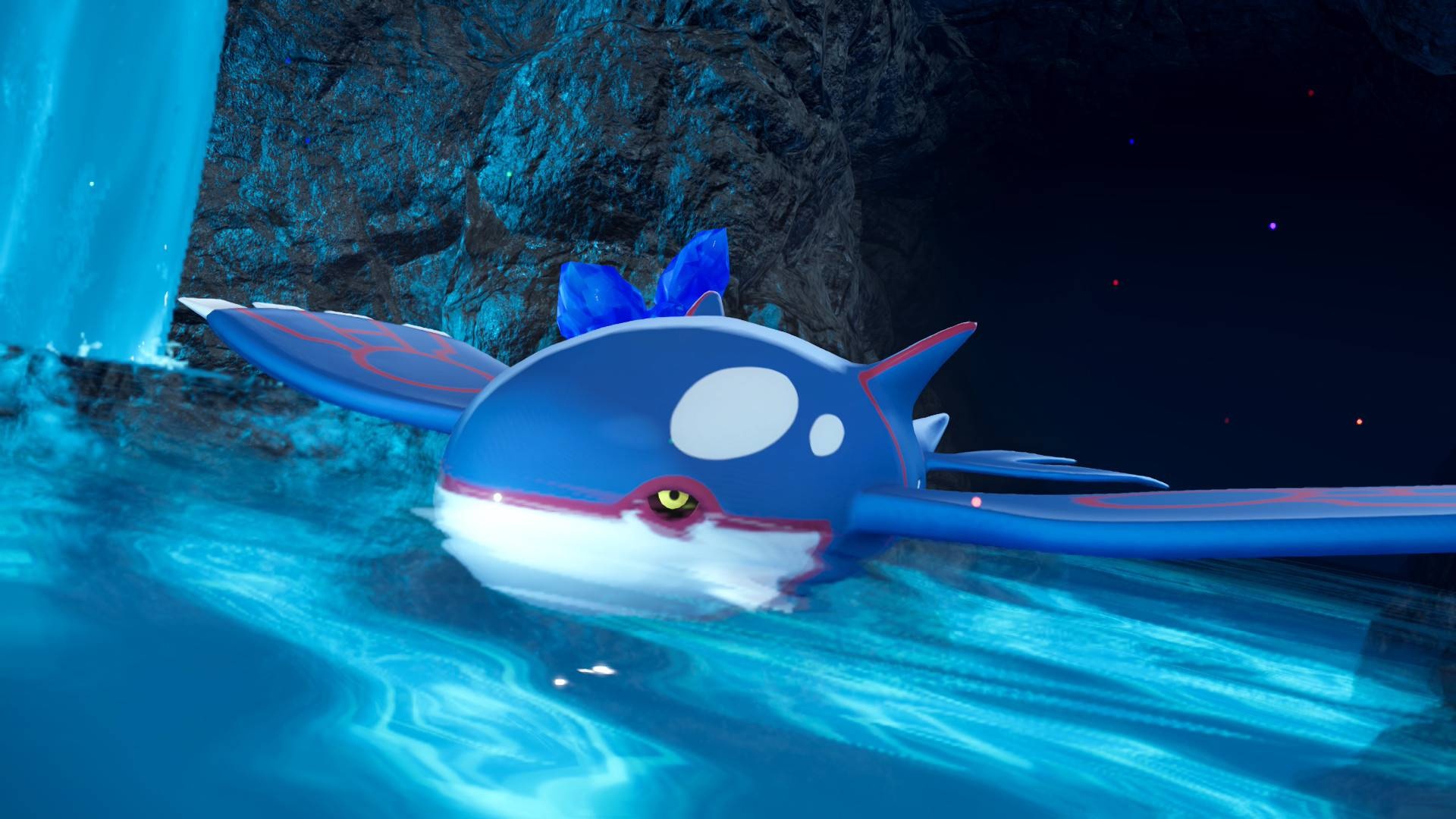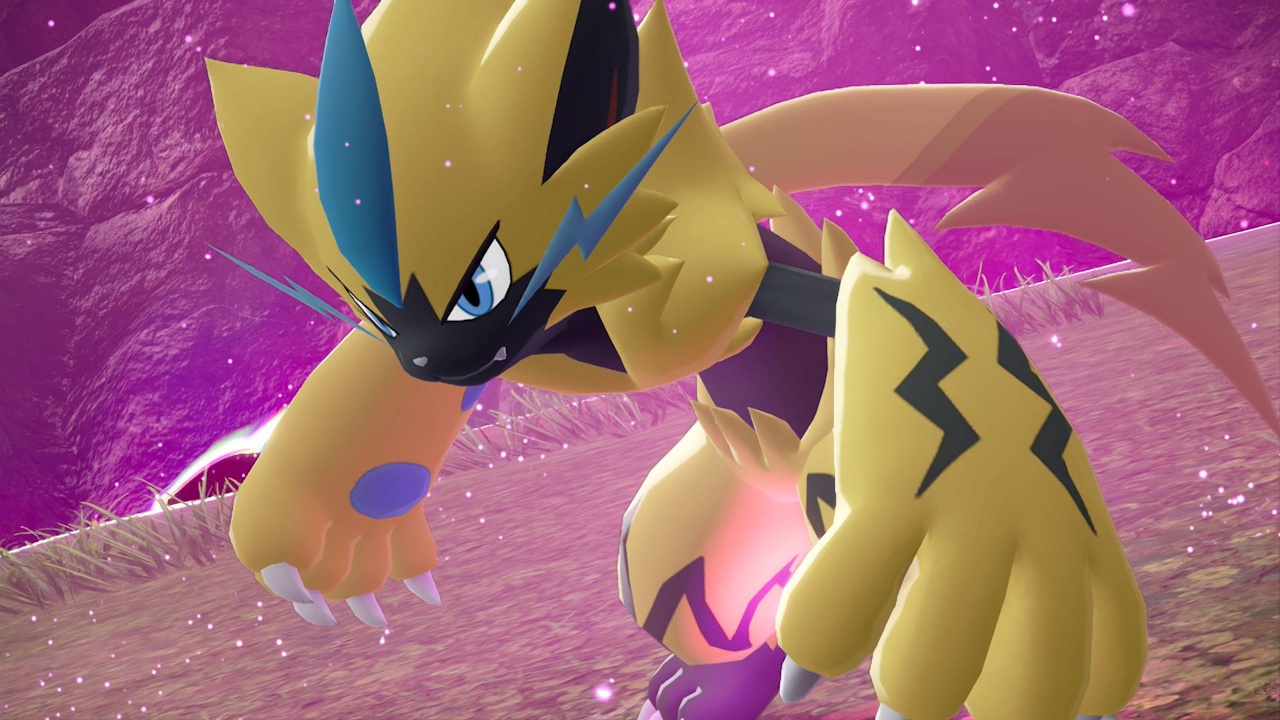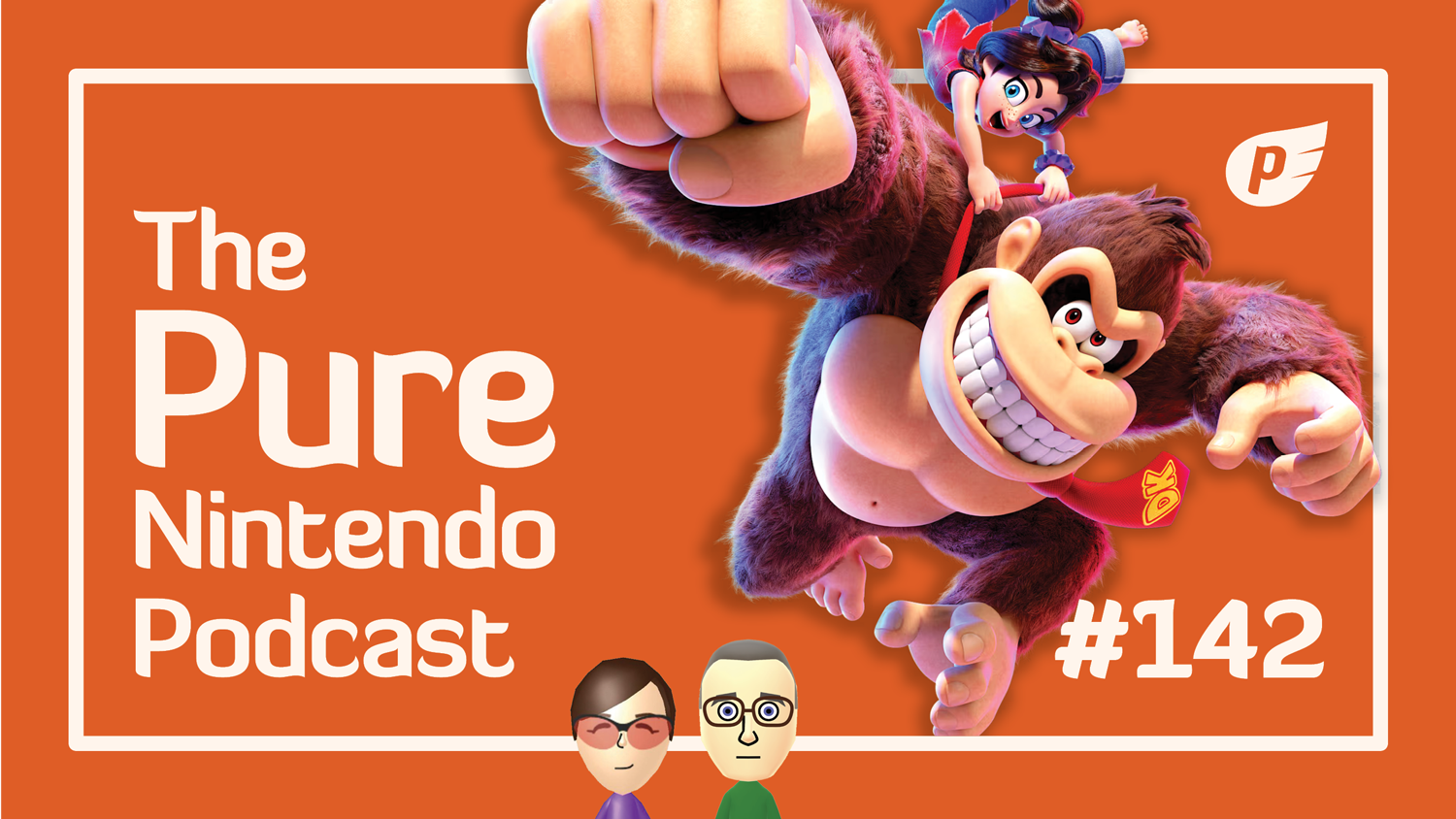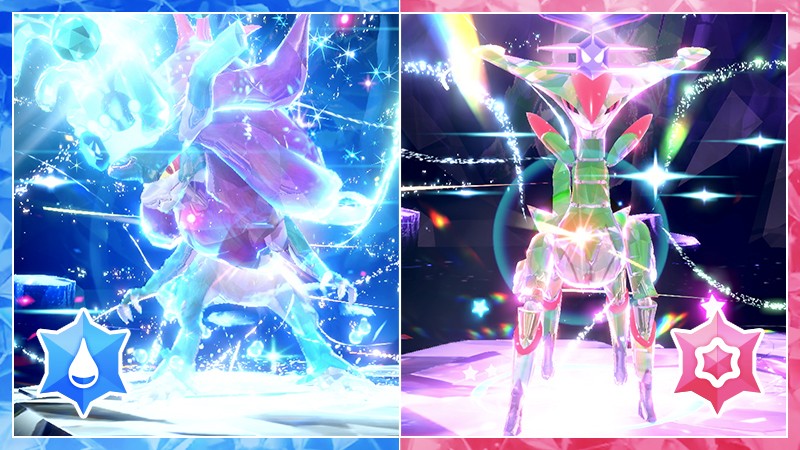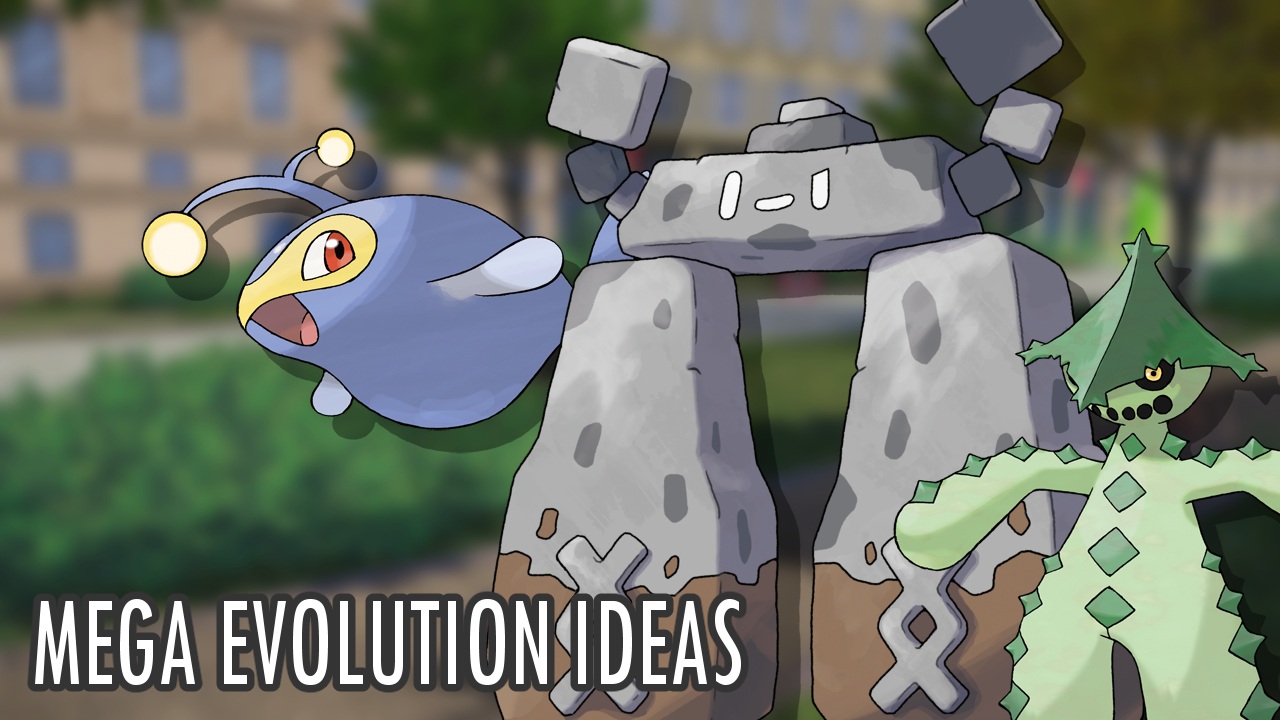Palworld Developer Pocketpair Challenges Nintendo’s Patent Claims In High-Profile Legal Dispute
Palworld, the monster-collecting and crafting game developed by Japanese studio Pocketpair, is currently at the center of a widely watched legal dispute with industry giants Nintendo and The Pokémon Company.
The case, which revolves around alleged patent infringement, has attracted considerable attention not only due to the immense popularity of both Palworld and Nintendo’s Pokémon franchise, but also for its potential implications for intellectual property claims throughout the gaming industry. Background: Patents and Game Mechanics Nintendo, a longstanding leader in the video game sector and creator of the iconic Nintendo Switch platform, is known for vigorously defending its intellectual property.
In this instance, Nintendo and The Pokémon Company allege that Pocketpair's Palworld infringes on patents covering specific gameplay mechanics central to the classic Pokémon experience. Pocketpair’s Defense: Referencing Precedent in Game Design According to detailed coverage by Games Fray and corroborated by VGC, Pocketpair’s legal strategy centers on challenging the very basis of the patents in question.
The developer asserts that Nintendo’s patents should not have been issued, arguing that several of the cited mechanics were present in video games long before their association with the Pokémon franchise.
To support its position, Pocketpair references its earlier title, Craftopia, alongside a range of other notable games that utilized similar gameplay features. Specifically, Pocketpair draws attention to mechanics wherein players release or throw objects—like balls or monsters—by pressing and releasing a button.
The company cites Nintendo’s own Pikmin 3 Deluxe, as well as third-party titles such as Titanfall 2 and Rune Factory 5, all of which implement comparable mechanics.
Further, games like Far Cry 5 and Tomb Raider are mentioned for their use of various throwable items, highlighting that such features are commonplace across multiple franchises. Pocketpair’s defense also points to targeting and capture-probability systems seen in titles including Octopath Traveler, Monster Super League, Final Fantasy XIV, and the Pocket Souls mod for Dark Souls 3.
These examples underline the developer’s argument that key mechanics attributed to Pokémon were neither novel nor exclusive when Nintendo filed for their patents. Industry Ramifications and Next Steps What is particularly striking about Pocketpair’s approach is its willingness to reference unofficial mods and even Nintendo’s own previously released games as evidence.
The developer’s argument suggests a broad and well-researched defense that could influence how future cases regarding game mechanics and intellectual property are adjudicated.
While Nintendo and The Pokémon Company have a proven track record of defending their IP, Pocketpair shows no sign of backing down. As the legal proceedings continue, industry watchers and developers alike are keeping a close eye on how the outcome could shape future innovation and the enforceability of patents on game design elements.
With blockbuster titles like Palworld and the global reach of Nintendo Switch and Pokémon, the stakes for both sides remain exceptionally high. Stay tuned for continued updates as new developments in the Pocketpair vs.
Nintendo legal battle emerge.
The case, which revolves around alleged patent infringement, has attracted considerable attention not only due to the immense popularity of both Palworld and Nintendo’s Pokémon franchise, but also for its potential implications for intellectual property claims throughout the gaming industry. Background: Patents and Game Mechanics Nintendo, a longstanding leader in the video game sector and creator of the iconic Nintendo Switch platform, is known for vigorously defending its intellectual property.
In this instance, Nintendo and The Pokémon Company allege that Pocketpair's Palworld infringes on patents covering specific gameplay mechanics central to the classic Pokémon experience. Pocketpair’s Defense: Referencing Precedent in Game Design According to detailed coverage by Games Fray and corroborated by VGC, Pocketpair’s legal strategy centers on challenging the very basis of the patents in question.
The developer asserts that Nintendo’s patents should not have been issued, arguing that several of the cited mechanics were present in video games long before their association with the Pokémon franchise.
To support its position, Pocketpair references its earlier title, Craftopia, alongside a range of other notable games that utilized similar gameplay features. Specifically, Pocketpair draws attention to mechanics wherein players release or throw objects—like balls or monsters—by pressing and releasing a button.
The company cites Nintendo’s own Pikmin 3 Deluxe, as well as third-party titles such as Titanfall 2 and Rune Factory 5, all of which implement comparable mechanics.
Further, games like Far Cry 5 and Tomb Raider are mentioned for their use of various throwable items, highlighting that such features are commonplace across multiple franchises. Pocketpair’s defense also points to targeting and capture-probability systems seen in titles including Octopath Traveler, Monster Super League, Final Fantasy XIV, and the Pocket Souls mod for Dark Souls 3.
These examples underline the developer’s argument that key mechanics attributed to Pokémon were neither novel nor exclusive when Nintendo filed for their patents. Industry Ramifications and Next Steps What is particularly striking about Pocketpair’s approach is its willingness to reference unofficial mods and even Nintendo’s own previously released games as evidence.
The developer’s argument suggests a broad and well-researched defense that could influence how future cases regarding game mechanics and intellectual property are adjudicated.
While Nintendo and The Pokémon Company have a proven track record of defending their IP, Pocketpair shows no sign of backing down. As the legal proceedings continue, industry watchers and developers alike are keeping a close eye on how the outcome could shape future innovation and the enforceability of patents on game design elements.
With blockbuster titles like Palworld and the global reach of Nintendo Switch and Pokémon, the stakes for both sides remain exceptionally high. Stay tuned for continued updates as new developments in the Pocketpair vs.
Nintendo legal battle emerge.

